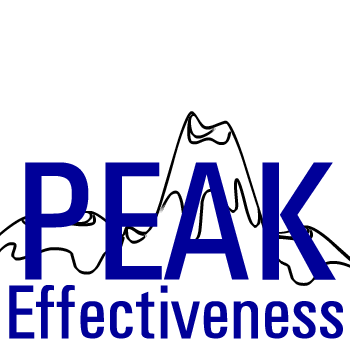






|
|
|
|
|
|
Get Engaged – At
Work and In Life!
Gross Margin Analysis
Profit is the difference between revenues and expenses. Duh! But, let's look at it a little differently in a way that will give some insight into what business strategies may be used to improve profits.
The total profit is
the gross margin for each item sold times the number of units sold to create the sum of the gross margins for the company,
minus the overhead costs for the company.
The "gross margin" for an item is the sales revenue obtained from the item sold, minus the direct costs of producing (or in the case of a reseller, the cost of acquiring) and selling the item. The direct costs are the variable costs that go up or down based upon the number of units sold. (If there are commission on sales, then those commissions are considered a Cost of Sale, deducted from the sales proceeds to derive the Gross Margin for the sale of the item.)
The "overhead" is the group of expenses that remain basically fixed regardless of the number of units sold. That is, in the short run. For example, in one month, the payroll for the company will not vary much regardless of the number of units sold. Of course, in the longer term, more items can be varied; even multi-million dollar factories can eventually be liquidated.
In equation terms, then company profits can be calculated as follows:
Gross Margin per item x Number of items sold = Total Gross Margin
Total Gross Margin - Overhead = Profit
The power of this equation is that now you can see three areas in which to work to improve company profitability:
- Improve Gross Margin per Unit by either increasing the price per unit or decreasing the cost to produce, acquire or sell the unit.
- Increase the Number of Units sold
- Decrease the Overhead
Improving any one of the three areas improves the bottom line, if all else stays equal. But not everything stays equal You need to look at the impact of an action to determine all of the effects of the action.
For example, an extensive advertising campaign may increase the number of units sold. While it may be possible to directly attribute some advertising expense to the sale of particular units, advertising is usually accounted for under overhead. Thus, you increase overhead (a bad thing) but increase the number of units sold, and assuming the gross margin per unit remains the same, that results in higher total gross income (a good thing, right?).
So should you advertise or not? It depends on whether the good thing is greater than the bad thing. If so, and if you have the cash to pay the bills in the short term, the advertising campaign would improve profitability.